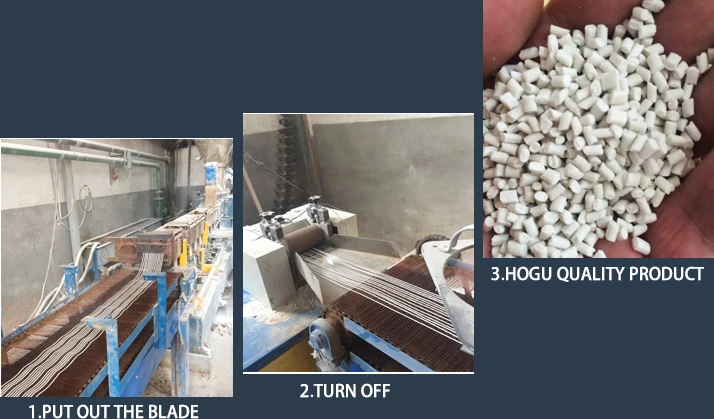



Monoammonium Phosphate (MAP) - Properties, Applications, and Benefits
Understanding the Composition of Monoammonium Phosphate
Monoammonium phosphate (MAP) is a widely used compound in agriculture and various industrial applications. It is a crystalline salt that consists of ammonium (NH4+), phosphate (PO4^3-), and water molecules. MAP is particularly valued for its high nutrient content and solubility, making it an essential ingredient in fertilizers.
The chemical formula for monoammonium phosphate is NH4H2PO4. This formula reveals its composition one ammonium ion (NH4+), one dihydrogen phosphate ion (H2PO4-), and one additional hydrogen ion. The presence of ammonium makes MAP a source of nitrogen, an essential nutrient for plant growth, while the phosphate provides phosphorus, another critical nutrient necessary for various plant metabolic processes.
In the agricultural sector, MAP is often applied to soil before planting. It is particularly beneficial for crops that require a quick nutrient boost early in their growth cycle. Phosphorus is critical for root development and flowering, and its availability can significantly affect crop yields. Therefore, the unique composition of MAP allows it to provide a balanced supply of essential nutrients right from the start of the growth period.
The solubility of MAP in water is another significant advantage. This property ensures that the nutrients it delivers are readily available to plants. When applied to the soil, MAP dissolves quickly, making nitrogen and phosphorus immediately accessible. This rapid availability is particularly essential in regions with fast-growing crops that demand quick nutrient uptake.
mono ammonium phosphate composition

MAP's composition also grants it a relatively neutral pH, making it suitable for a wide range of soil types without causing issues related to soil acidity. This characteristic allows farmers to use it broadly across different geographic locations and crop types, promoting healthy soil conditions and sustaining crop vitality.
In addition to its agricultural applications, MAP is also utilized in various industrial processes. It is used in the production of biopesticides, as a flame retardant in plastics, and as an ingredient in animal feed. The versatility of MAP can be attributed to its chemical structure, which allows it to react and bond with various substances in different environments.
When examining the environmental impact of monoammonium phosphate, it is essential to consider how it is manufactured. Typically produced through the reaction of ammonia with phosphoric acid, the production process must adhere to stringent regulations to minimize the release of toxic byproducts. Sustainable practices in manufacturing are crucial to preserving ecological balance.
In summary, monoammonium phosphate is a vital compound with a composition that provides farmers and industries with a dependable source of essential nutrients. Its high solubility, neutrality, and rich nutrient profile make it a preferred choice in various applications. Whether enhancing crop yields or supporting industrial processes, MAP plays a crucial role in improving agricultural efficiency and advancing sustainable practices. Understanding its composition helps us appreciate its significance and encourages responsible usage for the benefit of both agriculture and the environment.
-
Sodium Chlorite Hot UsesNewsJul.01,2025
-
Sodium Chlorate ApplicationsNewsJul.01,2025
-
Smart Use Of Sodium ChloriteNewsJul.01,2025
-
Power Of Sodium BisulfateNewsJul.01,2025
-
Potassium Monopersulphate & Sodium Chlorite: Key to Effective Cleaning SolutionsNewsJul.01,2025
-
Pool Water Treatment GuideNewsJul.01,2025
-
Why Strontium Carbonate Still MattersNewsJun.06,2025










